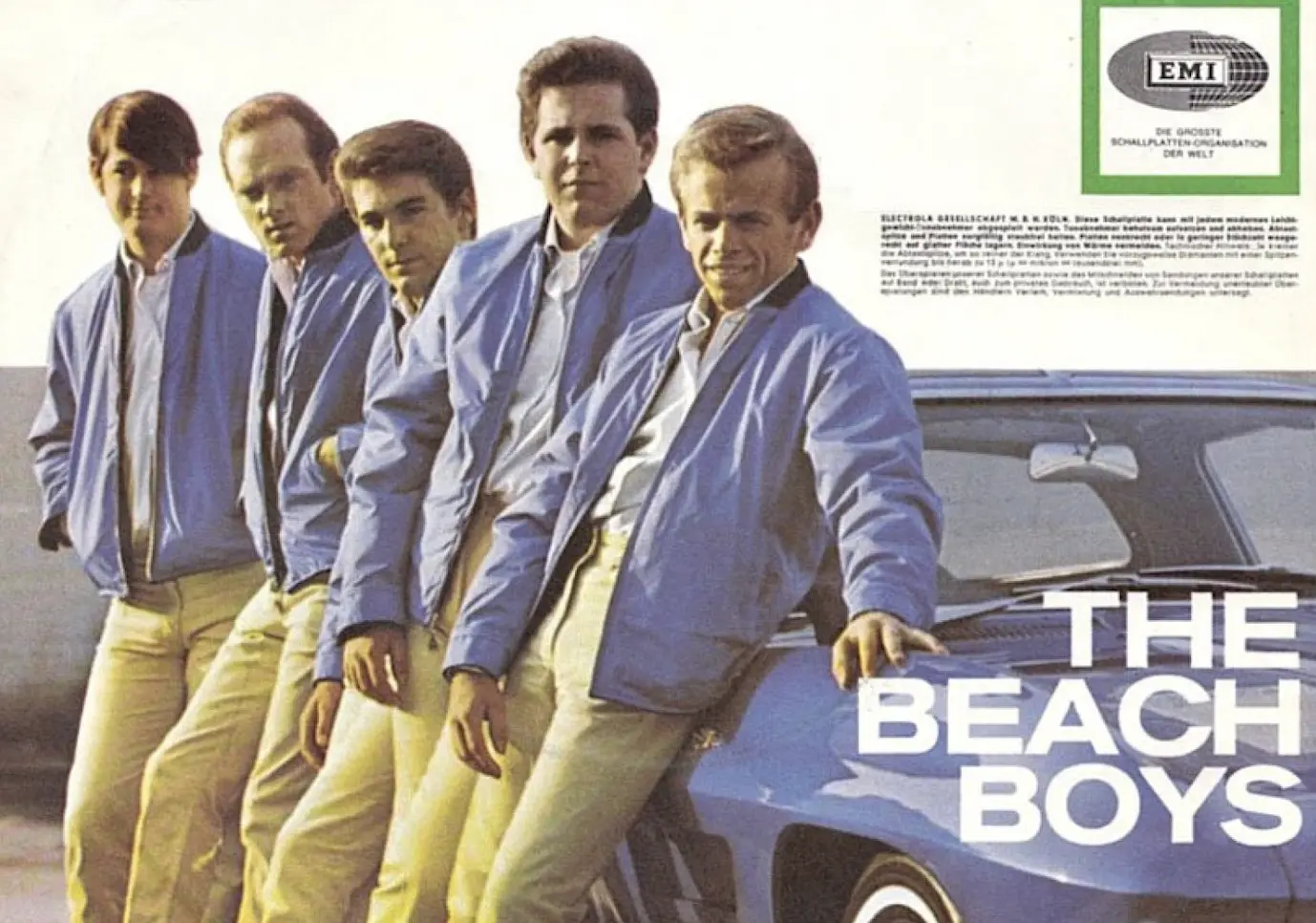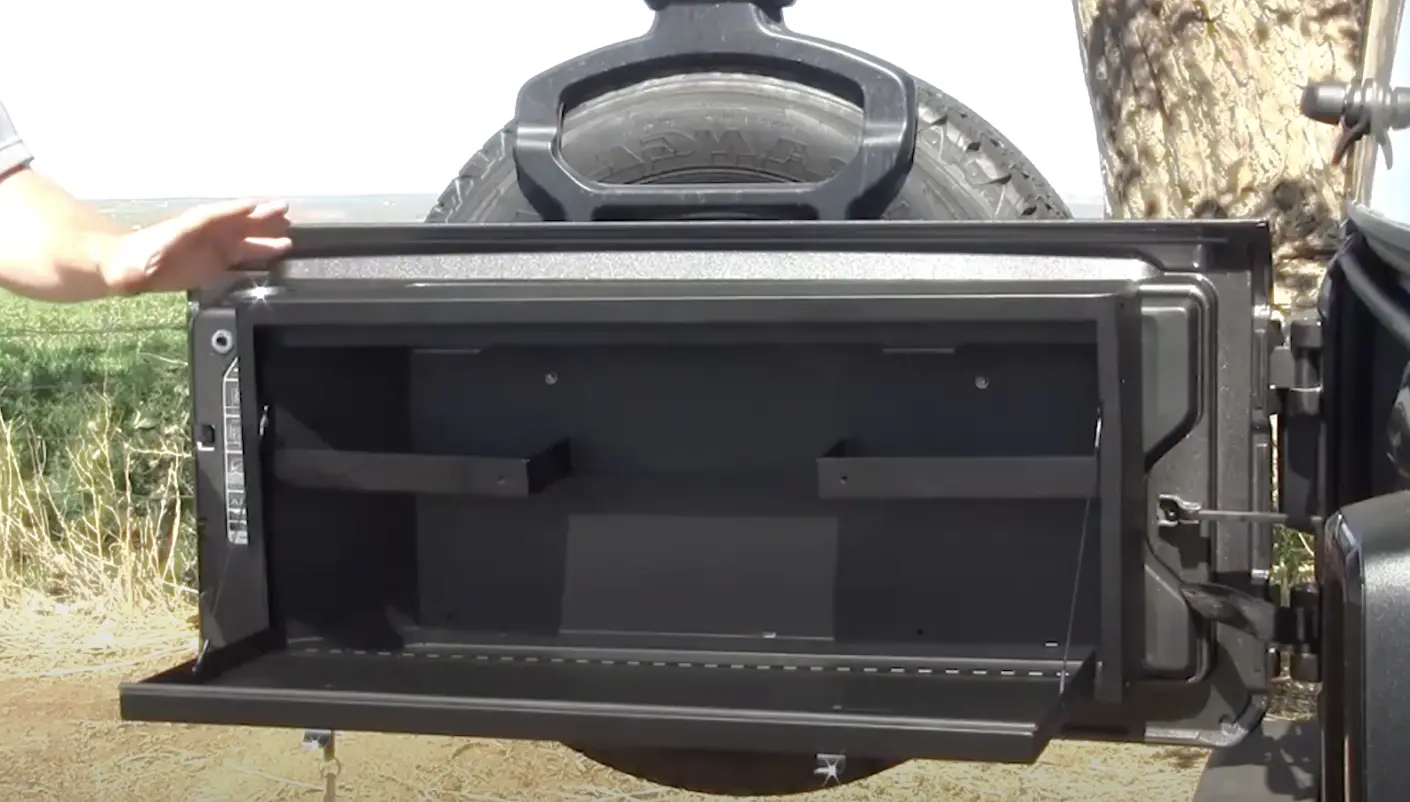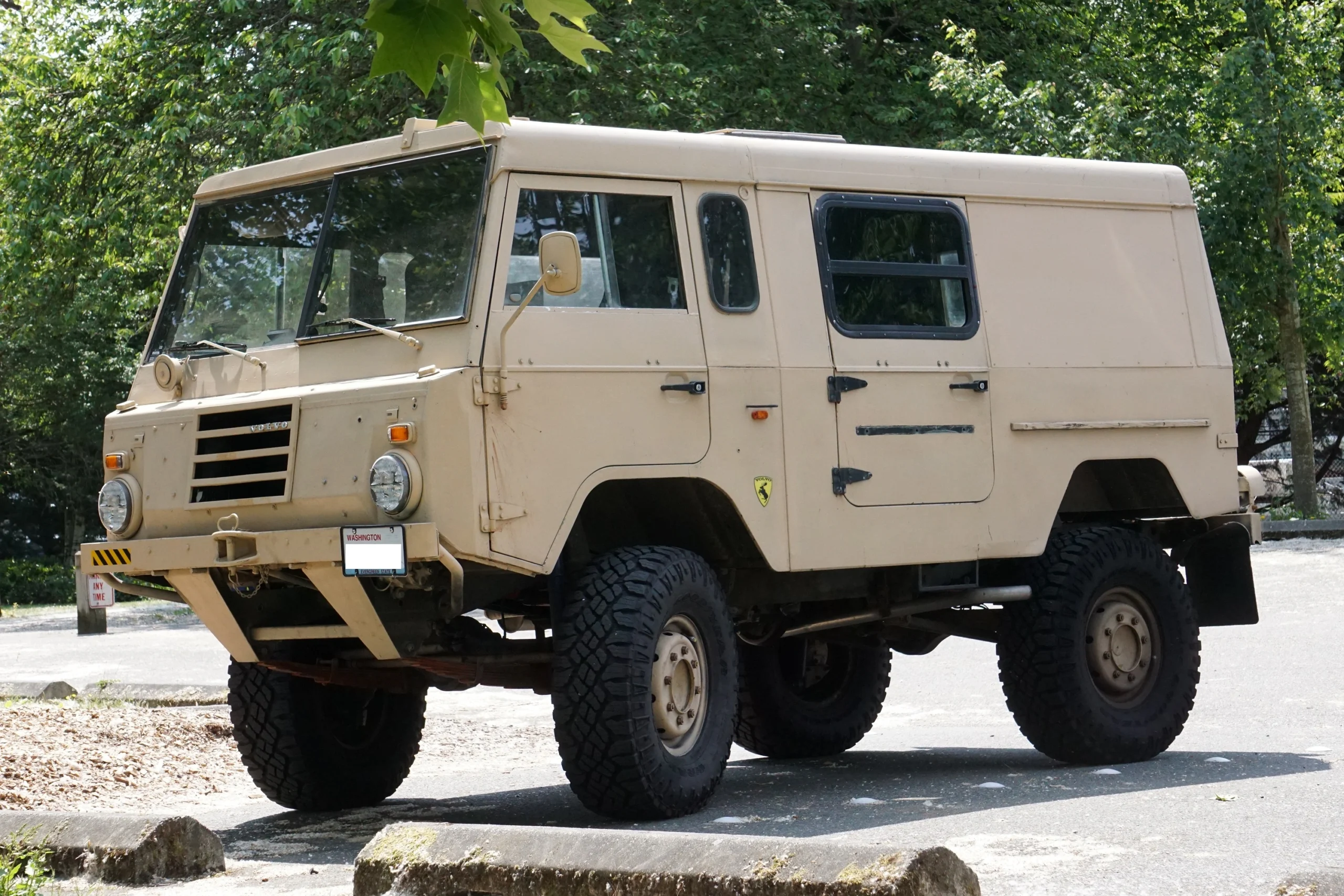Just like cars themselves are an indelible part of American culture, the songs our favorite cars appear in are a reflection of the importance of cars in our history. What’s fascinating about artists being inspired by cars and referencing them in song is that sometimes the song becomes a crucial part of the lore around the car itself — as in the case of “Mustang Sally”. You might think of the car when you hear the song or you might think of the song when you see the car. To celebrate the grand crossover of car references in music, here are a couple of our favorite instances of cars in rock songs. Feel free to save a few of these songs about driving and cars to your Spotify playlist.
(At The) Love Shack
“Love Shack,” a jubilant anthem by the B-52’s, burst onto the music scene in 1989, well after the band’s 1979 debut, capturing in a single track the essence of the band’s quirky energy and unique sound developed over the previous decade. The B-52’s had been inspiring and collaborating with some of the biggest names in music up until this point, and the popularity of “Love Shack” as well as the single that followed it, “Roam” catapulted them even higher in esteem. Central to the song’s narrative is the journey to the “Love Shack,” vividly illustrated with automotive imagery. The lyrics playfully reference a “Chrysler that’s as big as a whale,” illustrating the magnitude of the party they are heading towards, and ensuring that the journey there is just as memorable as the destination.
This car, a symbol of joyous escapades, becomes a vessel transporting partygoers to a realm of wild celebration. The notion of the car as a space of fun and unity, embodies the free-spirited allure of the road trip culture of the times, encapsulating the joy, the community, and the adventures found in the shared journey to places of happiness and release. Thus, “Love Shack” celebrates not just the destination, but also the communal journey, turning the act of travel into a spectacle of joy and shared experience.
Mustang Sally
“Mustang Sally” is a rhythm and blues song that was originally written and recorded by Mack Rice in 1965, inspired by the car that came out the previous year. Perhaps most famously popularized by Wilson Pickett in 1966, the song was called “Mustang Mama” in an earlier version and rumor has it Rice wrote the anthem as a joke about a band member that wanted to get his hands on the new car. Both Rice and Pickett hailed from southern states (Mississippi and Alabama respectively), and both musicians ended up playing in a group together in Detroit where their proximity to auto manufacturing no doubt influenced the feeling contained in this hit song. The song reverberates with the raw energy of the powerful Ford Mustang, an iconic American automobile that symbolizes freedom, masculinity, and the irresistible allure of the open road. In the lyrics, “Sally” is begged to slow down her Mustang, a plea from the narrator who is entangled in the throes of a tumultuous relationship symbolized through the powerful car.
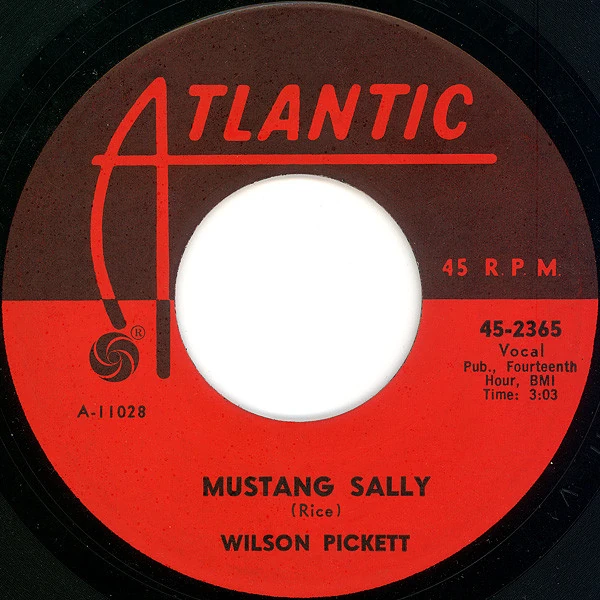
The Mustang, in this song, is not merely a car but a symbol of independence, rebellion, and unbridled passion. It represents Sally’s free spirit and autonomy, capturing the essence of a tumultuous era marked by significant societal changes and the rise of powerful, liberating movements. The song uses the automotive references to delve into the complexities of relationships, interweaving the mechanical with the emotional in a passionate plea for love and understanding. Through soulful rhythms and automotive imagery, “Mustang Sally” crafts a tale of love, speed, and the spirit of the ’60s, making the Mustang not just a car, but a character and symbol within the narrative of the song.
Hot Rod Lincoln
“Hot Rod Lincoln,” first recorded by Charlie Ryan in 1955 was inspired by the used 1941 Lincoln Zephyr that Ryan was turning into a custom hot rod. Later popularized by Commander Cody and His Lost Planet Airmen in 1972, the song is a rip-roaring ode to the booming car culture of mid-20th-century America. Ryan wrote the song in response to an earlier 1950 country song titled “Hot Rod Race,” which was a common practice in early country music—one that alludes to the genres folk origins. The track narrates a high-octane duel between the narrator’s “hot rod Lincoln” and a Cadillac, racing through the sinuous roads encapsulated by vivid descriptions of their automotive adventure. The Lincoln, modified and supercharged, symbolizes not only the technological enthusiasm of the era but also a rebellious spirit seeking thrill and excitement on the open road. In its roaring engines and screeching tires, the song captures the essence of a youth culture enthralled by speed, mechanical innovation, and the freedom embodied by the quintessential American automobile. Through its vivid car references, the song becomes a powerful tribute to the hot rod culture, emphasizing the significance of cars as not merely modes of transportation, but as icons of cultural expression and the individual during this lively epoch of automotive history.
Low Rider
“Low Rider,” performed by War and released in 1975, is a musical homage to a unique automotive subculture. The song was written by War’s guitarist Howard E. Scott, who was inspired by the car cruising culture popular in East LA at the time, particularly a car club called The Imperials, who would cruise in low-riders listening to music on the radio. The song, imbued with a distinct Chicano flavor, celebrates the lowrider car culture prevalent in the American Southwest. With its mesmerizing rhythm and catchy hook, the song creates an auditory canvas that portrays cars not merely as machines but as intricate artworks and symbols of cultural identity. War formed in 1970 after its core musicians had been playing and writing together under various other identities for almost ten years. When the band initially formed their goal was to play music with an element of social consciousness, including celebrating the diversity of culture in their native Southern California.
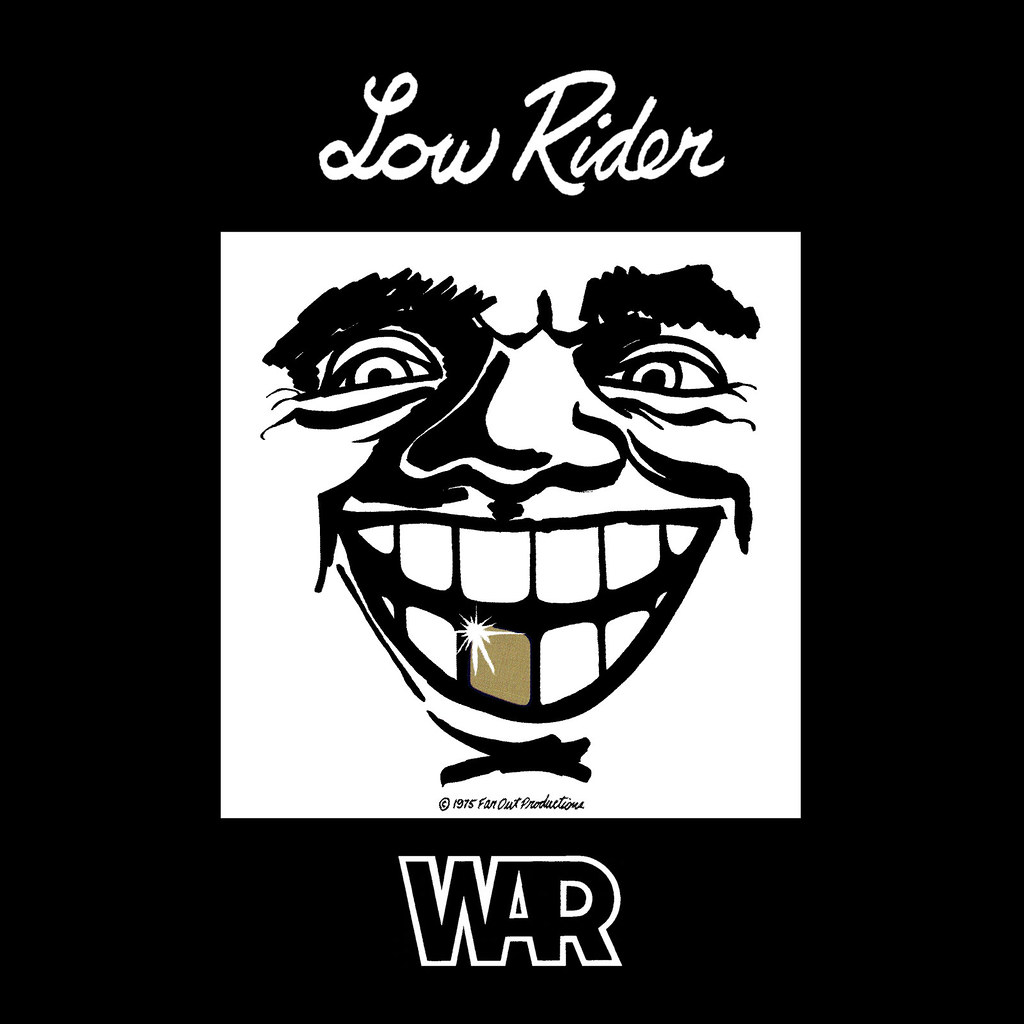
Lowriders, customized vehicles modified to ride lower to the ground, are celebrated for their distinctive style, elaborate designs, and hydraulic systems that enable the cars to bounce and sway in rhythmic motions. The lyrics and music collectively craft an atmospheric ride through the streets where lowriders cruise slowly, showcasing their majestic presence and artistry. In “Low Rider,” the car transcends its functional role, becoming a cultural icon, an artistic expression, and a source of communal pride and identity. The song sums up the spirit of the lowrider culture, the leisurely pace, the community, and the creativity inherent in this distinctive automotive lifestyle.
Thus, “Low Rider” stands as a tribute to the customized elegance of these cars and the vibrant subculture they represent, underscoring the car’s role as a canvas for cultural and artistic expression.
Fun, Fun, Fun
“Fun Fun Fun” by the Beach Boys, released in 1964, is a surging wave of youthful exuberance, capturing the essence of Southern California’s sun-soaked car and surf culture of the 1960s. Inspired by Shirley England, whose Dad owned Salt Lake City’s largest rock music radio station, where The Beach Boys often did interviews, she got the T-bird taken away one night when she went to the drive-in instead of the library. Before the Beach Boys cemented their reputation as one of the greatest and most influential American bands of all time, their popularity stemmed from the popularity of surf music in the early ’60s. Songs like “Surfin’ USA” and “Surfer Girl” elevated the band’s profile throughout the decade, as did the band’s many car songs like “409” and “Fun Fun Fun.” Today’s listeners might know them better for songs like “God Only Knows” from 1966’s Pet Sounds—considered by many the Beach Boy’s real masterpiece—but their novel, celebratory car and surf songs paved the way for those later works of genius.

The song spins the tale of a rebellious girl with a powerful Thunderbird, a symbol of freedom and status, who tricks her father to spend her days cruising and socializing, embodying the carefree spirit of the era. The Thunderbird, an iconic automobile, serves as a central character in the narrative, representing not only the physical vehicle of escape but also a symbol of teenage uprising and the joys of cruising the sunlit streets and ocean-side boulevards. The lyricism intertwined with the automotive references, crafts a lively landscape of a spirited youth culture, where cars were not merely machines but enablers of opportunity and joyous expression.
Mercury Blues
“Mercury Blues” is a timeless tune, covered by various artists, originally written by K.C. Douglas and Robert Geddins and first recorded in 1948. The song reverberates with a profound admiration for the Mercury automobile, embodying a deep-rooted desire and appreciation for the luxury and style synonymous with the brand. The lyrics are imbued with a passionate longing, where the Mercury isn’t merely a car but a symbol of aspiration, status, and the American Dream. It portrays the car as an object of desire, highlighting the cultural significance of automobiles in post-war America, where they were seen as symbols of prosperity and freedom.
Greased Lightnin’
“Greased Lightnin’,” revs up the stage with its high-octane energy and greaser bravado. Inspired by The Big Bopper’s White Lighting, the track was composed by Jim Jacobs and Warren Casey for the hit musical Grease. The song is centered around the restoration of a dilapidated car. The song is a hyperbolic ode to automotive transformation and teenage fantasy. In the hands of the greasers, the car, named ‘Greased Lightnin’,’ is reimagined and revered as a symbol of masculinity, speed, and sexual prowess. The lyrics are filled with 1950s car slang and references, painting a vivid picture of car culture and the social significance of automobiles during this era. It’s more than a mechanical restoration; it’s the crafting of a dream, an aspiration embodied in chrome and polished metal. The car becomes a central character, representing the aspirations, style, and rebellious spirit of youth culture. The song’s fast-paced rhythm, catchy hook, and energetic choreography drive home the thrill and passion that the characters feel towards car culture, embodying the ethos and automotive enthusiasm of the 1950s.
Little Red Corvette
“Little Red Corvette,” a hit single by Prince from his 1982 album “1999,” speeds through the music industry with its seductive melodies and clever automotive symbolism. Inspired by collaborator Lisa Coleman, whose pink and white ’64 Mercury Montclair that the iconic artist used to borrow, the song uses a “Little Red Corvette” as a powerful metaphor for a passionate but precarious love affair. The sleek and alluring image of a red Corvette, an American classic known for its style, embodies the themes of attraction and the intoxicating rush of a new relationship. Prince intertwines car terminology and sexual innuendo seamlessly, driving the listeners through a journey of passion, excitement, and the inevitable caution one must exercise in the fast lanes of love. The lyrics are laden with automotive references, using the imagery of the car, its speed, and its features to illustrate the nuances of a tumultuous relationship. The song, with its innovative fusion of genres and evocative lyrics, stands as a testament to Prince’s genius, capturing the essence of desire, vulnerability, and the complexities of modern relationships through the powerful metaphor of a “Little Red Corvette.”
Copperhead Road
“Copperhead Road” by Steve Earle, released in 1988, is a riveting anthem that delves into the legacy of outlaw activities across generations in rural Tennessee. Inspired by bootleggers driving hooch in a used police car, the song narrates the transformation of Copperhead Road from a moonshining hub to a battleground for a Vietnam veteran, who applies his wartime experience to marijuana cultivation. A pivotal moment in the lyrics is the acquisition of a “big block Dodge,” purchased at an auction at the Masonic Lodge. This isn’t merely a car—it’s a symbol of subversion and strategic evasion, carefully chosen for its powerful engine and ostensibly innocuous appearance. The American muscle car is used to transport whiskey (and run blockades, presumably) bringing the song’s imagery to life. This is especially true when Earle sings about how he remembers the engine’s “rumbling sound,” a vivid reference for anyone who’s ever heard such a car running. The vehicle’s powerful presence aligns seamlessly with the song’s ethos of rebellion, illustrating the complex, rugged landscape of outlaw life within the narrative crafted by Earle.
Cars and music have a special connection in American culture with songwriting often celebrating specific body styles, makes, and models. In North America in particular, songs directly remind us of past drives, adventures, and even heartbreaks on the road. So, enjoy the music and ride.
